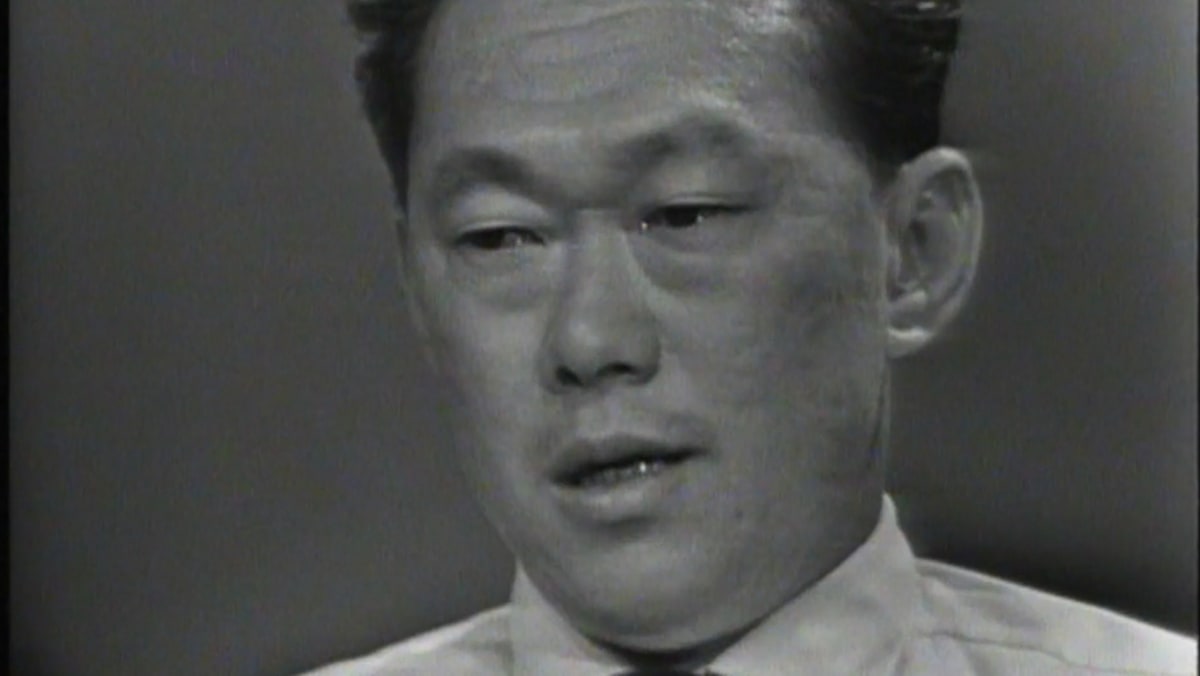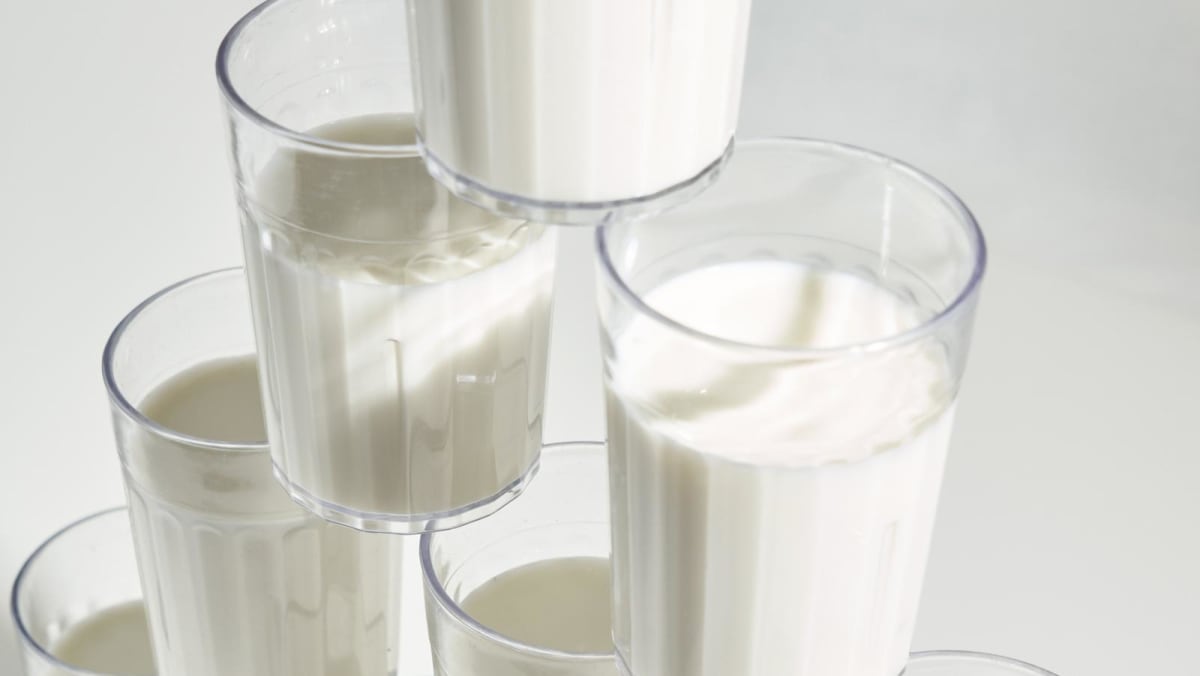The more frequently used synaptic connections are strengthened to improve cognitive efficiency and adaptability. “This process, a use-it-or-lose-it mechanism, allows the brain to become faster and more focused,” said Dr Chee.
DO CERTAIN PARTS OF THE BRAIN MATURE EARLIER THAN OTHERS?
To put it simply, the brain matures in a general back-to-front sequence, said Dr Chee. It begins with areas responsible for basic survival functions before progressing to regions that support complex thinking and self-regulation, he said.
“One of the earliest systems to mature is the limbic system, which plays a key role in processing emotions and forming memories,” said Dr Chee. “Within this system, the amygdala is responsible for detecting and responding to emotional stimuli such as fear and pleasure.”
The hippocampus, which is part of the limbic system, gets upgraded as well. This is where short- and long-term memories form, and is the “library” of all your sensory information, including sight, sound and smell, said Dr Yeo.
Also included in the maturation list is the nucleus accumbens, said Dr Chee. It is the brain’s reward centre, and “drives motivation and the pursuit of pleasure”. “It is particularly active during adolescence,” he added.
The prefrontal cortex is the last region in the brain to cross the hurdle. “This is where many higher cognitive and executive functions, including decision making, planning, emotional regulation, attention and impulse control, personality and social behaviour, including stress management, reside,” said Dr Yeo.














